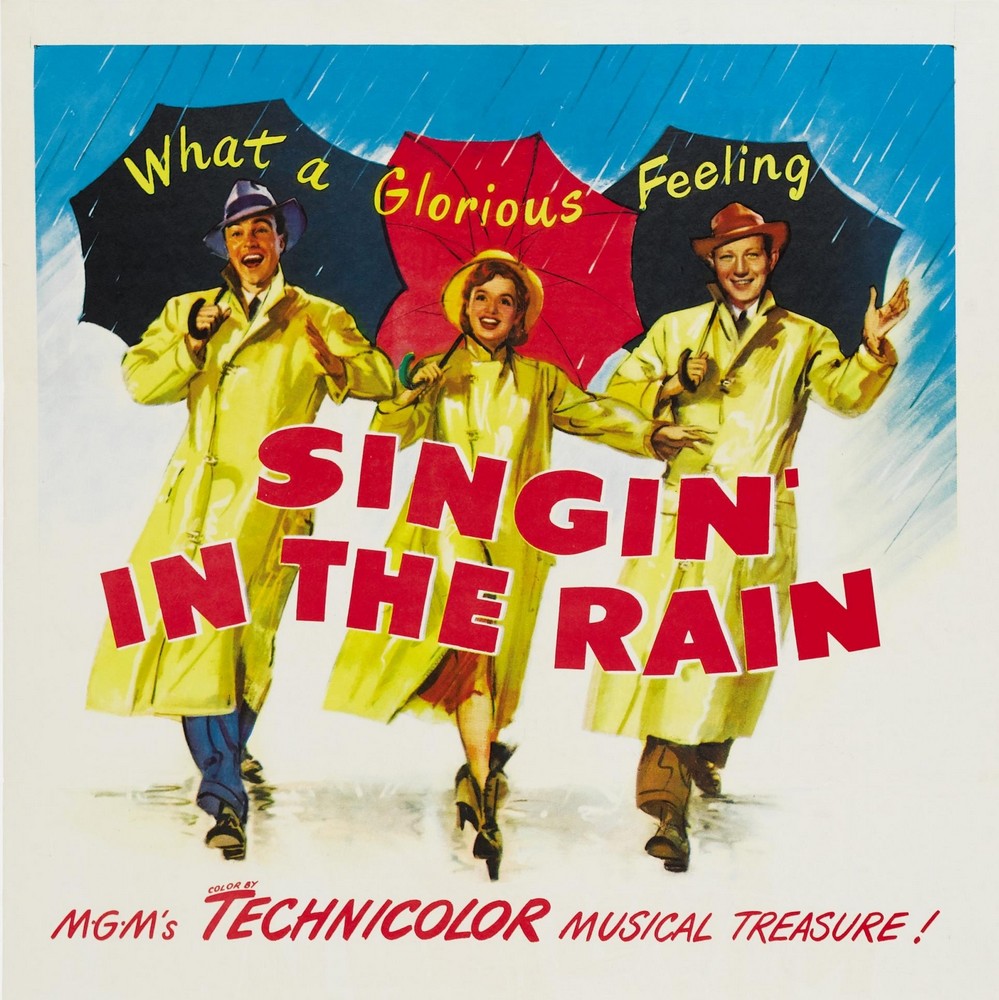
It’s been several months now since the unexpected passing of both Carrie Fisher and Debbie Reynolds. Both are cinema icons, for the roles they played, the lives they led, and their passion for movies and moviemaking.
Debbie Reynolds, who got her start winning the Miss Burbank Beauty Contest at 16, will be best remembered for her earnest portrayals and ability to light up the screen through song, dance, and even simple gestures. She was also an ardent collector of Hollywood memorabilia, from costumes to props, including a pair of iconic ruby-red slippers. Although this collection proved to never find a permanent home at a museum, as Reynolds had always wished it would, they were maintained and protected by her for decades.
No role is more iconic for Reynolds than Kathy Selden in Singin’ in the Rain (although Grandma Aggie in Halloweentown is debatably close). In it, she portrays a young actor finding her place at the dawn of the talking picture. Onscreen, her performance appears effortless, but Reynolds worked hard and long for the role. In one Hollywood anecdote, more myth now, Fred Astaire encountered Debbie Reynolds crying under a piano: Gene Kelly had apparently been particularly unkind to her for her lack of dancing experience, ignoring her determination and endless practice. During and after the “Good Morning” routine alone, which reportedly took over 12 hours to shoot, Reynolds’s feet were bleeding. Kelly would later admit his harshness was not over-exaggerated, while Reynolds would say “Singin’ in the Rain and childbirth were the two hardest things I ever had to do in my life”—an example of the wit that Reynolds passed on to her daughter.
And while I will never relish in the pain or suffering of an artist, no matter the creative outcome, it is this scene, the “Good Morning” routine, which is perhaps the best example of Reynolds’s abilities, especially when compared to peers like Gene Kelly and Donald O’Connor, trained and proven dancers. Her tap dancing and movement is unquestionably on par with theirs, as is her singing and comedic timing. Yet the camera captures something deeper, something cinematic—an ephemeral term, with really no meaning and loaded meaning.
In the closing of the “Good Morning” scene, the trio falls to the ground. Reynolds’s skirt seems to have pushed slightly upward, above her knees, and instinctively, she puts it back down. It’s a subtle gesture, perhaps without meaning, but an article I read or a dream I had suggested that this was cinema at its purest. It was an expression of something so deeply, mundanely human as fixing one’s skirt made fantastic by its capture by the camera.
And this was Debbie Reynolds’ ultimate skill, making the human cinematic, and the mundane extraordinary. Whether it was fixing a skirt, falling in love, singing and dancing, shedding a tear, or laughing and smiling, Reynolds did it passionately and earnestly, reminding the audience just how exceptional it is to be human.
Just as she strived to respect and revere classic Hollywood—those formative experiments into a new art form—we too must revere this actor, who was exceptional because she was so earnestly human.
And I honestly can’t think of a better way than watching Singin’ in the Rain on the silver screen.
Singin’ in the Rain
1952
dir. Stanley Donen and Gene Kelly
103 min.
4/26 at 7:00 pm @ Brattle Theatre
A tribute to Debbie Reynolds!
Double feature with Postcards from the Edge

